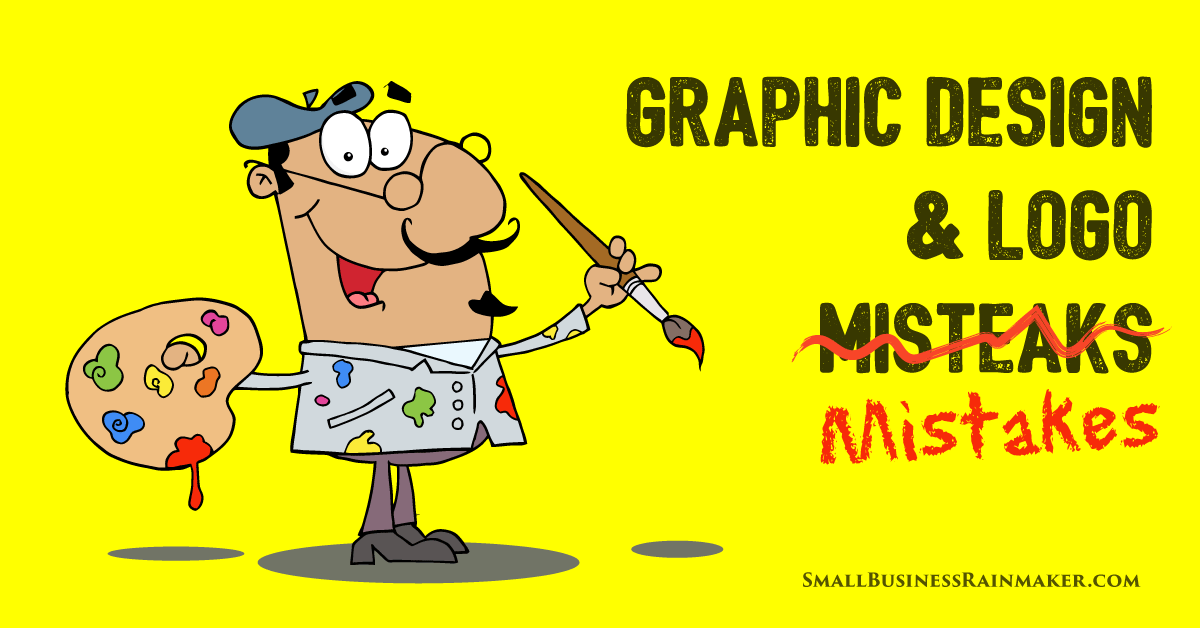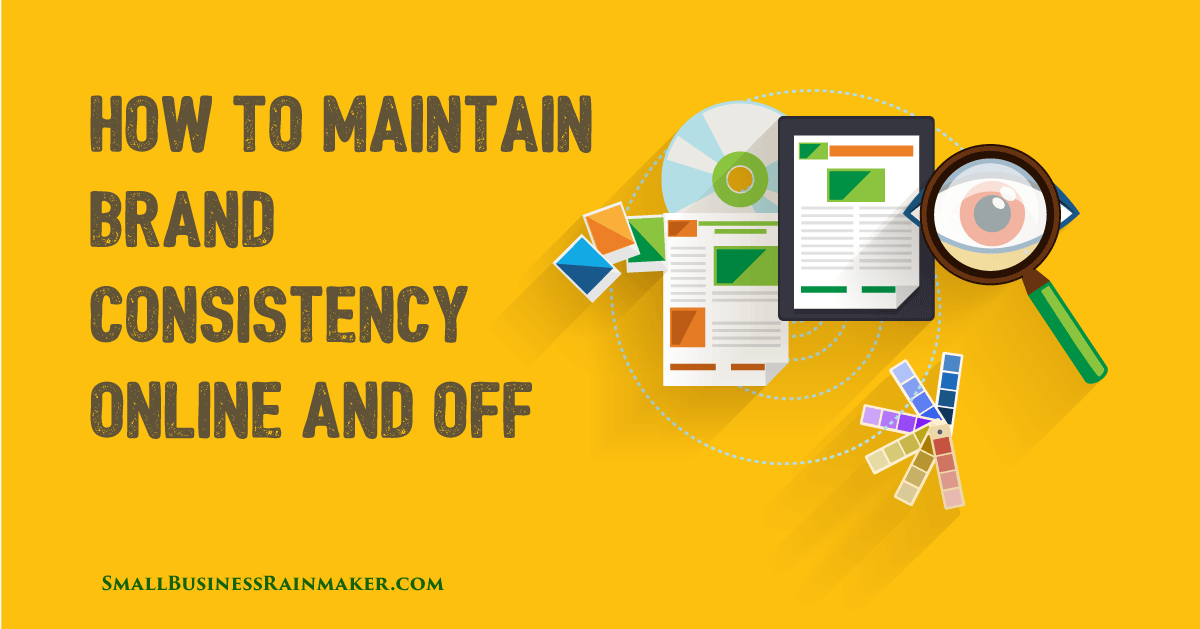
Whether for a brand new start up or a redesign of a long standing brand, a logo is always an exciting project for the client and the designer.
It’s easy to dive head first into the exciting stuff… colors, fonts, and positioning! However, a little planning before choosing your designer or design agency can save a lot of headaches further down the line.
Avoid These 5 Hidden Traps in Small Business Logo and Graphic Design
This post covers my top five tips to help you get a logo you can use, be proud of, and own outright.
Logo file formats
There are two image types (in various file formats) that you should receive from your designer; vector and raster.
Briefly, a vector image can be scaled infinitely because it is a mathematical description of your image made up of paths, points, curves, angles, and simple shapes.
Whereas a raster image is made up of small squares called pixels, which when scaled can make your beautifully clear logo appear incredibly fuzzy.
Avoid disaster tip #1
If you only get one file type from your designer, make sure it is a vector image file.

Your vector file is your golden nugget. Not only will your print company require this file type for brochures, business cards, and the like, it can also be used to produce the various sizes and file types you need.
Where possible, for perfect image clarity, you should always try to use your logo in its original vector format (for example, as an SVG vector file format on your website). However, you will need raster images for those situations you cannot. For example, in your email signature or on your LinkedIn account.
If you are unsure when you’d use a PNG versus a JPEG, or what on earth an SVG file is, my deep dive guide into logo formats should answer your burning questions.
Color Types
Although your logo will ultimately be used (the majority of the time) in its full color version, you will also need it in other colors for certain situations.
You should expect to receive your logo in full color, reverse/inverted color, and monotone variations for all the different situations it will inevitably be used in.
Not only will you need alternate color variations, you will also need your logo files in the various lock-ups, including the stand-alone iconic mark, the wordmark (the standalone text) and the full lock-up (the iconic mark and the text).
Avoid disaster tip #2
You’ve got your beautiful new logo. Your brand’s dominant color is red, so it makes sense that your logo is also predominantly red. Your graphic designer has supplied your logo in its full color variation.
Next, time for a website redesign. Your website designer makes great use of your brand’s dominant color and creates a red website footer. The footer should include your logo, linking to the home page.
You’ve guessed it, your predominantly red logo doesn’t work at all on a red background. Here’s where you’d need the monotone version of your logo.
Getting the color and lock up variations guarantees you can use your logo wherever you need to. For example the full lock-up version of your logo would make an awful social media icon, while the stand-alone iconic mark does the job perfectly.
Favicons
What is a Favicon, you ask? This is the teeny tiny icon displayed next to your webpage title in the browser tab. They are one of the visual cues to your brand and, although it’s so small, its importance shouldn’t be sniffed at.
Favicons could be pulled by third party websites automatically, and are used as the app icon if a website visitor saves your website to their mobile.
Google has recently decided to display favicons in mobile search results, raising their importance further. If you don’t have a favicon set up, not only have you missed an important branding opportunity, but you’ll have the default grey symbol appear. It’s as bad for branding as the Twitter egg…
Avoid disaster tip #3
Since Google brought favicons into mobile search results, a few brands have had a challenge with their stand-alone site icons. Do a quick Google search and you’ll notice the ads at the top of search now have their very own favicon: a simple ‘Ad’ text in black font.
Make sure your designer is aware of this! The last thing you want is a two letter simple site icon in black font, or you could find your CTA (call to action) drops dramatically as mobile search users assume your organic website link is in fact an Ad.
Intellectual Property
You find the perfect designer, at a great price, and get them to work. They deliver a great logo, in the right file types and color variations, and you move on to your next task. Job done, right?
Possibly not. Have you checked your contracts with the designer/agency? You might find they own the copyright to your logo.
When a designer creates something new, they automatically own the copyright to the design along with any draft designs along the way. That’s not such an issue for a brochure or a business card (although you can request transfer of copyright for this kind of thing if needed), but it’s a different case for something as core to your brand as the logo.
Avoid disaster tip #4
Check your contracts and the small print provided by your designer before you go ahead. Or simply ask them. On completion of the logo project you should ensure the copyright of the final design be transferred to you, the client.
To ensure this happens you will need a signed agreement including an image of the logo stating the transfer of the Intellectual Property Rights. Just to clarify, the Intellectual Property Rights is like an umbrella covering copyright, trademarks, and patents.
If this doesn’t happen, you could be left with a massive headache in the future. You only have to look at the long and painful dispute regarding the copyright ownership of Innocent’s logo to know you’d never want to be in that situation.
Brand Identity Guidelines
You should always receive brand identity guidelines to ensure your logo is used in the correct manner.
You may think, ‘"well, it’s my logo, so I know how to use it," but think about everyone else who will inevitably get their hands on your precious brand. From marketing agencies, to printers, to your sales team – you’d be surprised how quickly a brand can be diluted and confused.
Brand identity guidelines specify how to use a logo, when to use a different logo lockup variation, what font should be used, how and when, and what your brand colors are.
Avoid disaster tip #5
You should pass your brand identity document over to everyone using your logo to ensure it is displayed correctly and consistently across all marketing materials, print designs, and digital formats.
This will be your go-to document for varying information including how to use your logo in different situations, what fonts to use where, and what colors are part of your overall brand identity.
Your brand is what makes you memorable and distinguishable from your competitors. If you or your team waver from your brand identity rules and your branding strategy, you could end up displaying a very confusing message as to who you are and what you are about.
 Jo Pickering is the graphic designer at Kabo Creative, a two-woman website and design agency based in Cambridgeshire, UK. Jo supports clients from start-ups through to multinational organizations with all things branding, print, and digital design.
Jo Pickering is the graphic designer at Kabo Creative, a two-woman website and design agency based in Cambridgeshire, UK. Jo supports clients from start-ups through to multinational organizations with all things branding, print, and digital design.













Leave a comment